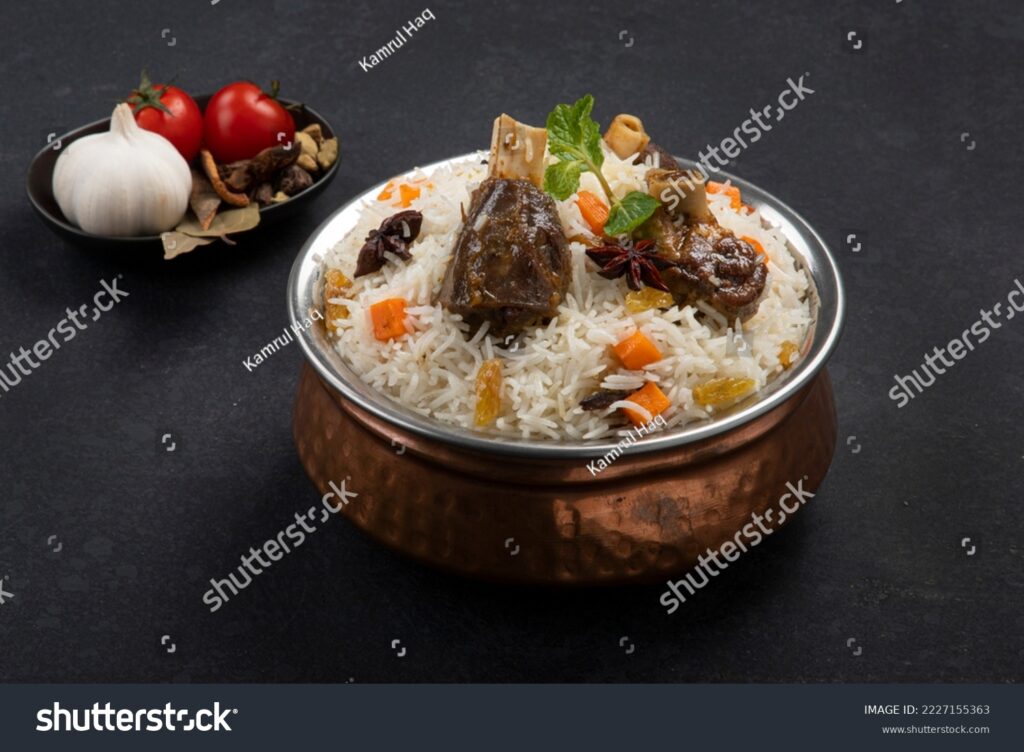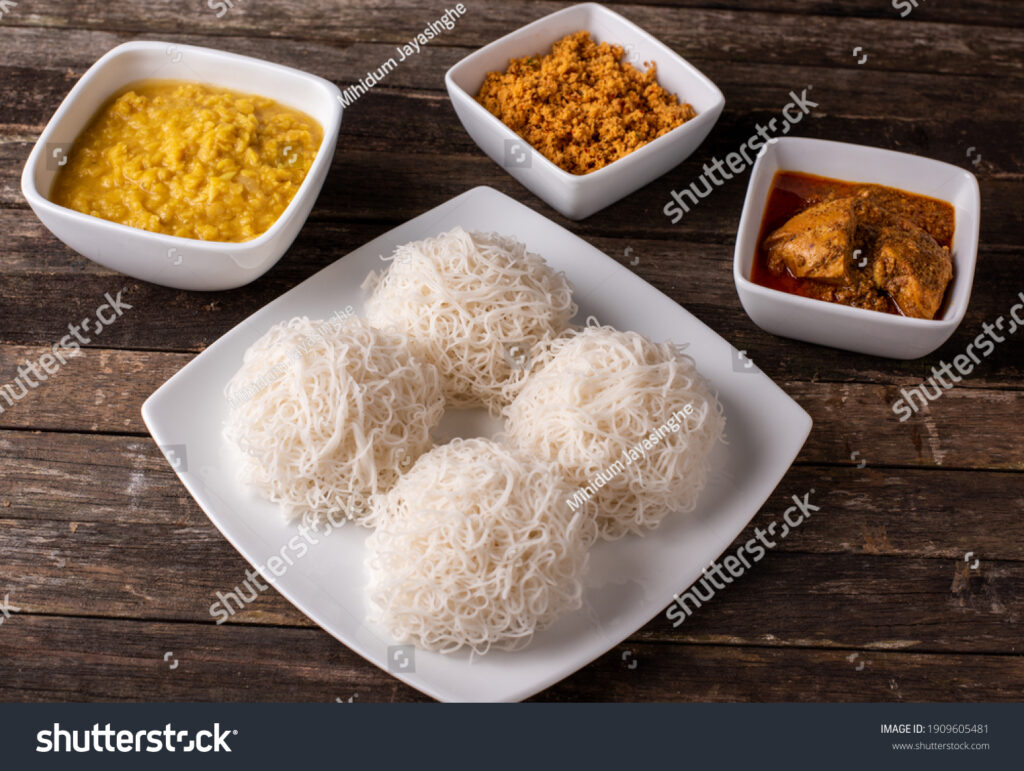A guide to Sri Lankan cuisine
A guide to Sri Lankan cuisine
Sri Lanka’s culinary landscape is a mosaic of influences—Indian, Malay, Arab, Portuguese, Dutch—woven together with the island’s own sense of identity. The food here is fiery, layered, and bold. It speaks of a history shaped by spice traders and colonial rule, of families gathering around tables filled with curries, of fishermen rising before dawn to haul in the day’s catch.
There’s a rhythm to eating in Sri Lanka. Mornings unfold with crisp dosa or bowls of kiribath, rice cooked in coconut milk, served with a thick, crimson onion relish. But as the day stretches on, the island’s appreciation for rice and curry stands out. Markets hum with activity, vendors chopping fresh herbs, grinding chilies into pastes, tossing handfuls of dried Maldive fish into sizzling pans. Lunch is a spread of colorful vegetables, fragrant dals, and meat slow-cooked in coconut gravy, always served with rice—a meal meant to be eaten with the hands, to feel the food as much as taste it.
Among the island’s most popular dishes is biryani, a legacy of Muslim influence and a staple at celebrations. The layers of spiced rice and slow-cooked meat—mutton, beef, or gosht—are infused with cardamom, cinnamon, and cloves, an alchemy that transforms humble ingredients into something regal.

Each bite is an interplay of textures—the slight crisp of charred edges, the chew of the bread, the freshness of pickled vegetables, and the creamy tang of yogurt sauce. No table required. It’s a meal best savored standing, the city moving around you, as the vendor slices another round for the next hungry traveler
Turkish cuisine is, at its core, a story of conquests and crossroads. It carries the echoes of the Ottoman Empire, the flavors of the Middle East, the Mediterranean’s warm vibrance, and the fragrant spices of Central Asia. In Gaziantep, a city known for culinary mastery, baklava is taken seriously. Layers of golden phyllo dough, brushed with clarified butter, cradle crushed pistachios before being soaked in a delicate syrup.
The country’s relationship with food is woven into everyday culture. Breakfast—kahvaltı—is a leisurely affair, a spread of honey-drizzled clotted cream, briny olives, menemen (a soft scramble of eggs, tomatoes, and peppers), and crisp cucumbers paired with glasses of çay, the black tea served in tulip-shaped glasses. In contrast, lunch often means grabbing a quick gözleme, a thin, hand-rolled flatbread stuffed with spinach, feta, or minced lamb, grilled on a domed griddle until blistered and golden.
At the heart of Turkish cuisine lies a passion for meze. These small, flavorful dishes—smoky eggplant purées, garlicky hummus, ezme (a fiery blend of tomatoes and chiles), and grilled halloumi—serve as an invitation to linger. A proper meyhane, a traditional tavern, encourages hours of conversation over rounds of rakı, the anise-flavored spirit that turns milky when mixed with water. The best meals in Turkey are not hurried; they are meant to be drawn out, punctuated by laughter, music, and the occasional clink of glasses.
A few hundred miles south, in the kitchens of the Aegean coast, another side of Turkish cuisine reveals itself—lighter, greener, more herbaceous. Here, markets overflow with freshly foraged wild greens, artichokes, and figs so plump they seem ready to split. Olive oil takes center stage, drizzled over everything from slow-roasted eggplants to zeytinyağlı fasulye, green beans simmered in tomato sauce.
And then, there’s dolma and sarma—stuffed grape leaves that hint of Levantine influence. These delicate rolls, packed with rice, pine nuts, and fragrant spices, glisten under a drizzle of olive oil.

Some versions are served warm, filled with minced lamb and served in pools of white yogurt sauce. Others are vegetarian, infused with the bright notes of lemon and fresh dill. No matter the preparation, they are a testament to the Turkish art of transforming the simplest ingredients into something deeply satisfying.
Yet, Turkish food cannot simply be cataloged as a list of dishes. It’s a cuisine meant for those who create it—grilled fish from the weathered fishermen of the Black Sea, the rich, slow-cooked stews of Anatolian grandmothers, and the blistered lahmacun, Turkish flatbread topped with spiced minced meat, pulled from the wood-fired ovens of centuries-old bakeries.
For those who want to experience the full breadth of Turkish flavors in one day, the Istanbul food tour is a journey through the city’s culinary landscape. The tour begins in Istanbul’s Old City, where travelers meet near the Spice Bazaar—a labyrinth of stalls selling saffron, sumac, and dried fruits. Breakfast is a market-sourced meal: cheeses, clotted cream drizzled with honey, olives, and menemen, Turkish scrambled eggs.
From there, the group boards a ferry across the Bosphorus, the waterway that divides Europe and Asia, offering a stunning view of Istanbul’s skyline. On the Asian side, in Kadıköy, the pace slows, and the focus turns to street food and traditional eateries. Markets overflow with seasonal produce, and the scent of freshly brewed Turkish coffee lingers in the air.
The tour meanders through food stalls, where participants sample tantuni (spiced beef wraps), kokoreç (grilled lamb intestines), and dolma and sarma—the stuffed grape leaves, rich with flavors of pine nuts, rice, and warm spices. The experience culminates with a treat at a historic café, where travelers sip on Turkish coffee, thick and aromatic, while eating crispy golden baklava.